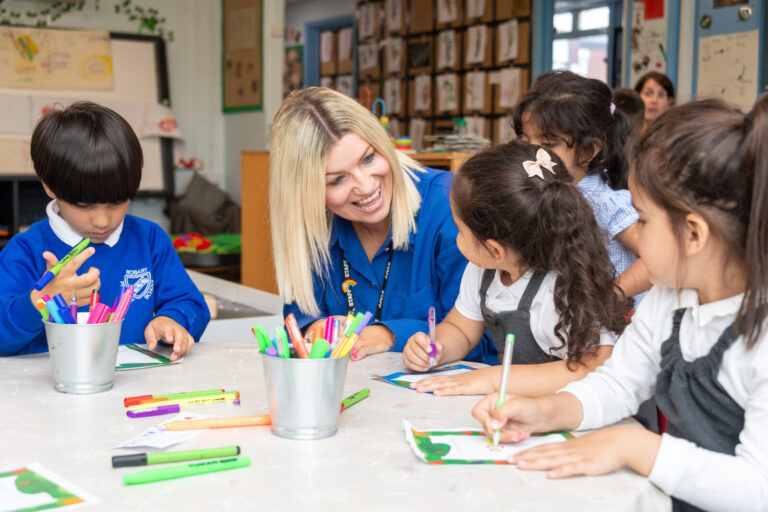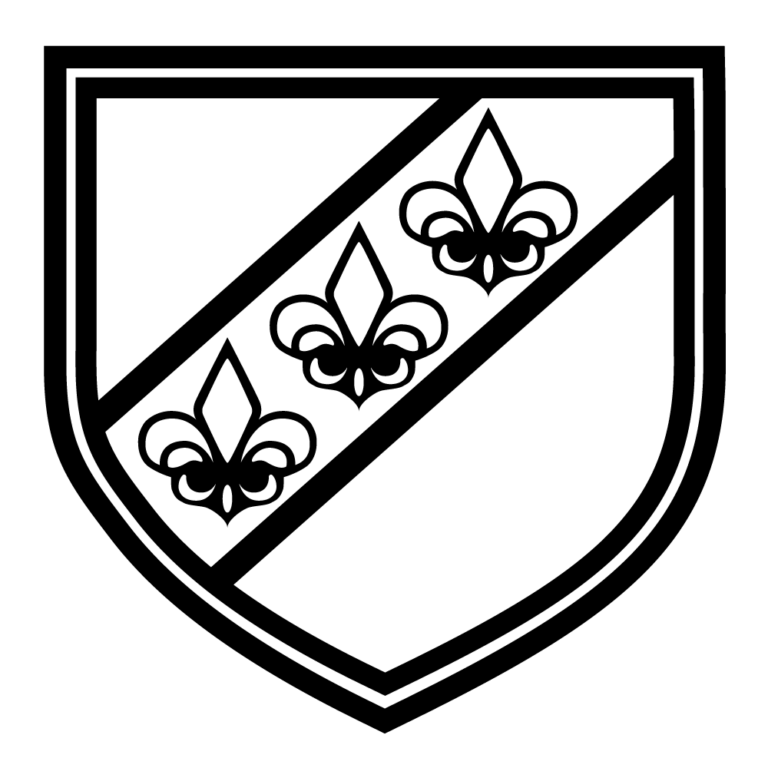Year 2
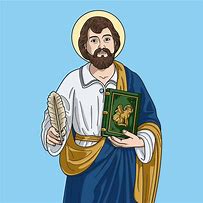
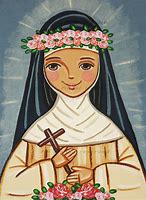
Our Class Saints are St Luke and St Rose of Lima
Year 2 teachers:
Mrs Liebig and Miss Samiha
Welcome to our Year 2 page.
Here you can find out about all the wonderful learning that your child is involved in!
Year 2 Curriculum Maps
Year 2 Autumn | |||||||
RE | Building the Kingdom – Catholic Social Teaching | ||||||
We Belong Old Testament Stories and Prayers Sharing in the life of Jesus. Vocations Special Celebrations Advent | Stewardship of God’s Creation Season of Creation “God made the heavens and the earth and it was good.” Genesis 1:1-31 | Dignity of Work Vocations ‘All work has dignity because it reflects God’s image in us.’ | |||||
English | Maths | ||||||
Reading Fiction: Not now Bernard Comparison Text Two Monsters Non-fiction: Artic/ Antarctica Poetry: Shape poem
Writing Narrative – Character description Non-fiction: Recount – Information report Acrostic poem | Reading Fiction: The Highway Rat Comparison Text: Superworm Non-fiction: Jobs in a School (Vocations link) Poetry: Twinkle Twinkle (classic poetry)
Writing Narrative: Setting description Non-fiction: Non chronological report | Place Value “• Count objects to 100 • Read and write numbers to 100 in numerals and words • Represent numbers to 100 • Tens and ones using a part-whole • Tens and ones using addition • Use a place value chart” •Compare objects • Compare numbers • Order objects and numbers” | Addition and Subtraction •Add by making 10 • Subtraction – crossing 10 • Find and make number bonds • Add three 1-digit numbers • Find the difference. The structure of ‘difference’ is also highlighted within many of the other subtraction steps •Related facts • Add and subtract 1s • 10 more 10 less • Add and subtract 10s • Add a 2-digit and 1-digit number – crossing 10 • Subtract a 1-digit number from a 2-digit number – crossing ten •Add two 2-digit numbers – not crossing ten • Add two 2-digit numbers – crossing ten • Subtract a 2-digit number from a 2- digit number • Subtract a 2-digit number from a 2-digit number subtract ones and subtract tens • Bonds to 100 (tens and ones) Money • Find the total • Find the difference • Find change • Two-step problems
| ||||
Shape • Recognise 2-D and 3-D shapes • Count sides on 2-D shapes • Count vertices on 2-D shapes • Draw 2-D shapes • Sort 2-D shapes • Count faces on 3-D shapes • Count edges on 3-D shapes • Count vertices on 3-D shapes • Sort 3-D shapes • Make patterns with 3-D shapes | |||||||
Science | Computing | ||||||
Animals including humans Matching adult animals to their offspring. What animals need to survive. The importance of exercise. Food groups and a healthy diet. Plants What plants need to survive. Parts of plants that we eat – fruit and vegetables. | We are programmers Using programmable toys. Navigating with characters, Create own game. | We are computational thinkers. Exploring computer games and how they work. Create own game. | |||||
Geography | History | Art and Design | Design and Technology | ||||
Continents What do we know about the continents? Where is North America and what is it like? Where is South America and what is it like? Where is Antarctica and what is it like? How do Alaska and Birmingham compare? What is the same? What is different? | War and Conflict When was WW1 and what was life like on the front line? What was the role of animals in WW1 and what difference did they make? How did life change for women on the home front? What was the impact of WW2? Why do we remember? How is Remembrance Day celebrated in the UK? | Craft and Design: Map it Out Responding to a design brief, children create a piece of art that represents their local area using a map as their stimulus. They learn three techniques for working creatively with materials and at the end of the project, evaluate their design ideas, choosing the best to meet the brief. | Food Technology Investigating different vegetables. Design, create and evaluate a vegetable Kebab | ||||
RHE | PSHE | Music | PE | ||||
Session 1: I am Unique (Me) Session 2: Girls and Boys (My Body) Session 3: Clean and Healthy (My Health) Session 4: Feelings, Likes and Dislikes Session 5: Feeling Inside Out Session 6: Super Susie Gets Angry | How can we be healthy? Things that keep bodies and minds healthy; activity, rest, food, hygiene routines and healthy choices. | What is bullying? Hurtful teasing and bullying is wrong, what to do about bullying, unsafe secrets, inappropriate touch and what to do if it happens
| Pulse, rhythm and pitch | Playing in an orchestra | Multi – skills
Basketball
| Dance
Hockey | |
Experiences / Trips | Vocations Visitors – as requested by children (RE) Fire Safety / Bonfire Night – PSHE Walk around the Local area- Physical features- Geography | ||||||
Year 2 Spring | ||||||||
RE | Building the Kingdom – Catholic Social Teaching | |||||||
Christmas Multicultural Week Lent Holy Week Sharing in the life of Jesus, Mary, the disciples, saints and us
| Solidarity “In truth I tell you, in so far as you did this to one of the least of these brothers of mine, you did it to me.” Matthew 25: 40 | Options for the Poor and Vulnerable “You are not making a gift of your possessions to the poor person. You are handing over to them what is theirs.’ St Ambrose
| ||||||
English | Maths | |||||||
Reading Fiction: 5 Minutes Peace Comparison Text: Peace at Last Non-fiction: Elephants Poetry: What is Pink?
Writing Non-fiction: Instructions Information text: Elephants Poetry: Colour poem | Reading Fiction: Somebody Swallowed Stanley Comparison Text: Somebody Crunched Colin Non-fiction: Interview with a Shark Poetry: Acrostic poems
Writing Non-fiction: Recount Information report – report on animal of their choice Acrostic poe | Money Compare money Find the difference The structure of ‘difference’ is also highlighted within many of the other subtraction steps Find the total • Find the difference • Find change • Two-step problems | Multiplication and division Multiplication sentences using the x symbol • Multiplication sentences from pictures • Use arrays • 2 times-table • 5 times-table • 10 times-table Make equal groups – sharing • Make equal groups – grouping • Divide by 2 • Divide by 5 • Divide by 10
| |||||
Length and height
Four operations with lengths • Problem solving with lengths | Mass, capacity and temperature. Measure mass in grams • Measure mass in kilograms • Millilitres • Temperature
| |||||||
Science | Computing | |||||||
Plants What plants need to grow. Living things and their habitats Features of living things. Habitats, dependency, micro-habitats Prey, predator, food chains | We are creators Take, select and edit digital images.
| We are computer networkers Research a topic online. | ||||||
Geography | History | Art and Design | Design and Technology | |||||
Oceans What is an ocean? How deep are they? Where are the world’s oceans? How are the oceans different at the poles and the equator? Why are the oceans under threat? How can we protect our oceans? | How Birmingham changed during the Industrial Revolution Where was Birmingham like before the Industrial revolution? When was the Industrial Revolution and how did it change Birmingham? Who was Matthew Boulton? What was life like for people in Birmingham? Who was Joseph Chamberlain? What legacy did they leave? | Painting and mixed media: Life in Colour Taking inspiration from the collage work of artist Romare Bearden, children consolidate their knowledge of colour mixing and create textures in paint using different tools. They create their own painted paper in the style of Bearden and use it in a collage, linked to a theme suited to their topic or classwork. | Textiles Design and create a glove puppet using different textiles. | |||||
RHE | PSHE | Music | PE | |||||
Session 1: The Cycle of Life Session 2: God Loves You Session 3: Special People Session 4: Treat Others Well.. Session 5: … And Say Sorry Session 6: Being Safe | What is the same and different about us? Recognise what they are good at, set simple goals, growing and changing and being more independent. Recognising and celebrating differences.
| How do we keep safe in different places? Rules for keeping safe in different places; including rail and road safety, online, people who work in the community, asking for help, including in an emergency. | I wanna play in a band Playing together in a band | Zootime Reggae and animals | Groovy Gymnastics Travelling and balances
Skip to the Beat Skipping Agility, balance and coordination | Gymfit Circuit Circuit
Ball Skills Controlling a ball | ||
Experiences / Trips | Mosque – RE Multicultural Week Soho House – History – local History unit Road & Rail – PSHE Sealife – Oceans – Geography | |||||||
Year 2 Summer | ||||||
RE | Building the Kingdom – Catholic Social Teaching | |||||
Easter Pentecost The Mass Our Church
| Family and Community
“Honour your father and your mother, that your days may be long in the land that the Lord your God is giving you.” Exodus 20:12 | Life and Dignity of the Human Person
“Before I formed you in the womb, I knew you” Jeremiah 1: 5 | ||||
English | Maths | |||||
Reading Fiction: Matilda Comparison Text: James and the Giant Peach Poetry: Nonsense poetry
Writing Information: Diary entry Poetry: Nonsense poetry – write an extra verse | Reading Fiction: Matilda Comparison Text: James and the Giant Peach Non-fiction: Islam Poetry: Classic Poetry
Writing Narrative: Character description writing Non-fiction Non chronological report Narrative: rewrite poem as a narrative | Fractions
Make equal parts Recognise and find half Recognise and find quarter Recognise and find a third Unit and non-unit fractions Equivalence of a half and 2 quarters
| Time
Time to the hour, half hour O’clock and half-past Quarter past and quarter to Time to nearest 5 minutes Hours and Days Duration Writing time | |||
Statistics
Draw pictograms (2, 5 and 10) • Interpret pictograms (2, 5 and 10) • Block diagrams
| Position and direction
Describe position and movement Describe turns Make shape patterens | |||||
Science | Computing | |||||
Living things and their habitats Foodchains Use of everyday materials Suitability of materials for different objects Changing solid items Investigating stretch / absorbence. | We are Communicators and Collaborators Communicate clues. Creating and responding to emails. | We are Producers Record data. Creating a branching database.
| ||||
Geography | History | Art and Design | Design and Technology | |||
Brazil Where is Brazil? Why do people visit it? What are the cities in Brazil> How do they compare to UK cities? What is the weather like in Brazil? How does it differ to the UK? What is the rainforest like? Why do we need to protect the Amazon rainforest? Why is Brazil difficult to describe to people? | Women who shaped the world Why is Mary a role model? Who was St Teresa of Calcutta? Who were the Suffragettes? Who was Rosa Parks? Who was more important Florence Nightingale or Mary Seacole? Who was Queen Victoria and how is she linked to Queen E II? | Sculpture and 3D Clay houses Developing their ability to work with clay, children learn how to create simple thumb pots then explore the work of sculptor Rachel Whiteread and apply her ideas in a final piece that uses techniques such as cutting, shaping, joining and impressing into clay. | Mechanisms Making a car | |||
RHE | PSHE | Music | PE | |||
Session 1: Good Secrets and Bad Secrets Session 2: Physical Contact Session 3: Harmful Substances Session 4: Can you help me? Session 5: Three in One Session 6: Who is My Neighbour? Session 7: The Communities We Live In | What do we know about money? Where money comes from? Spending, saving and keeping money safe.
| How can we help? Group and class rules and why they are important, respecting own and others’ rights and need, privacy and looking after the environment. | Friendship Song A song about being friends | Reflect, rewind and replay The history of music, look back and consolidate your learning, learn some of the language of music | Cool Core Core strength Agility, balance and co-ordination
Throwing and Catching Kwik cricket
| Fitness Frenzy Circuit and fitness
Active Athletes Sports day |
Experiences / Trips | Summer Safety – PSHE Soho House- Mary Seacole- History ( women who changed the world) | |||||


